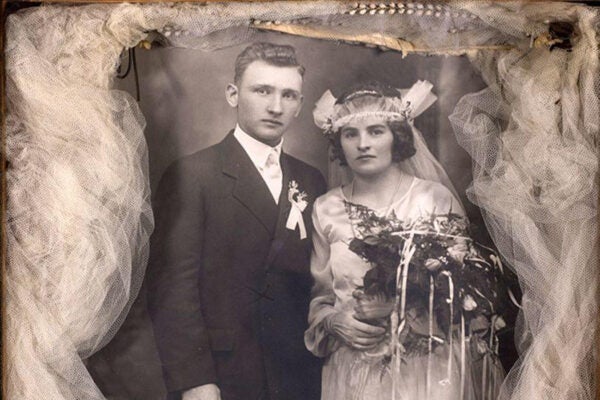A new type of travel emerged in the first quarter of the twentieth century: the youth hostel. Designed for an emerging market of travelers, the young who wanted to travel cheaply but have somewhere safe to stay, the hostel quickly became associated with the tight budget. As C. B. Fawcett wrote about youth hostels in Britain in 1931, “the adolescent’s equipment for travel usually consists almost wholly of health, energy and enthusiasm. Rarely is he or she in control of any considerable financial resources.”
Health and energy were definitely part of the model of the early hosteling movement. The assumed user was someone whose alternative might have been camping and who was hiking (or cycling) around the country. By joining the country’s Youth Hostel Association (for a nominal fee), travelers could stay at hostels and have some confidence in finding a safe welcome when they arrived.
Fawcett described the hostels as “for the wanderer, not the sojourner.” They offered affordable and basic accommodations and, in England and Wales, were spaced at fifteen-mile intervals (a distance that could be hiked in a day). They became very popular with young people, who didn’t have the cash for luxury travel but wanted the freedom to see the world independently. Hostels also offered choices for those who could travel abroad but wanted to keep their costs down.
“I knew only that I wanted to see Brittany thoroughly, in my own way,” she wrote, “without the services of the American Express or any one else who knew English, and that I had to do it cheaply.”
The youth hostel (or auberge de la jeunesse) was the perfect choice, though Bogardus and her companions had found an unusual one: it had wheels. Their “moving” youth hostel was a freight car tricked out with beds (made from crates) and some limited cooking facilities. The car was hitched to a passenger train, and each night they stopped in a new town before heading off the next day. In this this way, they got a seventeen-day tour for $14 (a fun option that I don’t think would be possible today!). One imagines this had particular appeal during the Great Depression.
By 1940, Edna V. Grodman, a member of the national headquarters staff of American Youth Hostels, was writing about the spread of youth hosteling in the United States for The Clearing House, a magazine for junior and senior high schools.
“Located about fifteen miles apart in chains or loops,” she explained, “these American hostels are proving so popular that they are rapidly extending over the breadth of the United States.”
As in Britain, they were spaced to accommodate travelers on foot or by bicycle and allowed the wayfarer to budget as little as a dollar per day for housing and meals. She credited the American youth hostel movement to Isabel and Monroe Smith, who had observed the accommodations in Europe and wanted to bring the idea home. She described the patrons as “youth from 4 to 94.”
The US also had rolling hostels, railway carriages to take hostelers to different sites, including the Grand Canyon and the World’s Fair.
“At scenic spots en route a coach would be side-tracked,” wrote Grodman. “Hostelers unloaded themselves, baggage, and bikes—and went off to climb a distant peak or visit some famous spot. A long hike or strenuous bike, and then a return to the stationed train to continue the trek.”
Weekly Newsletter
The image of youth hostelers was very outdoorsy. And they lodged in regional towns and villages, not major cities. This vision of healthy, educative travel led to some prep schools and colleges even sponsoring youth hostels to be set up on their campuses or offering course credits for hostel trips. At the same time as hotels were becoming ever grander in their luxuries at the top end of the market, this affordable version of travel was maximizing the options for young people to see the world.
Today, the gap year or backpacking trip is more common, and the approach to hosteling has broadened to include a range of travel styles. But a hundred years ago, this was a new and exciting opportunity for young people to broaden their horizons.
Support JSTOR Daily! Join our membership program on Patreon today.







